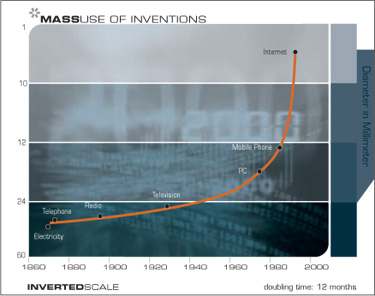Sublime
An inspiration engine for ideas


I think it’s the same with social networks like Facebook and Instagram, everything. At the level of scale that they’re at now, the status game and the sense of progression is going to be way different than it was when they were just starting out.
Eugene Wei • Status Games: Engineering Scarcity in a World of Abundance
The biggest risk to an evolving system is that you become bogged down by experts from a world that no longer exists. The more evolution you have, the more you should expect that expertise has a shelf life.
collaborativefund.com • Experts From a World That No Longer Exists · Collaborative Fund
Our culture no longer acts as a cultures should. It now creates more noise than system. It is too heterogeneous to have a center. It is too voluminous to organize. It is too rapid to mature. Once reliable diffusion “delivery systems" are broken. This means we cannot find the talented people, good ideas, and big solutions that once came to us n
... See moreGrant McCracken • The Gravity Well Effect
Scale: The Universal Laws of Life, Growth, and Death in Organisms, Cities, and Companies
amazon.com

“Benford’s Law doesn’t just apply to galactic distances,” she says, turning left, and then right. “It applies to everything measurable, assuming there is variation. Let me frame this in twenty-first century numbers for you. You could take the population of towns and cities worldwide, remove everything but the first digit, and the curve would fit Be
... See more